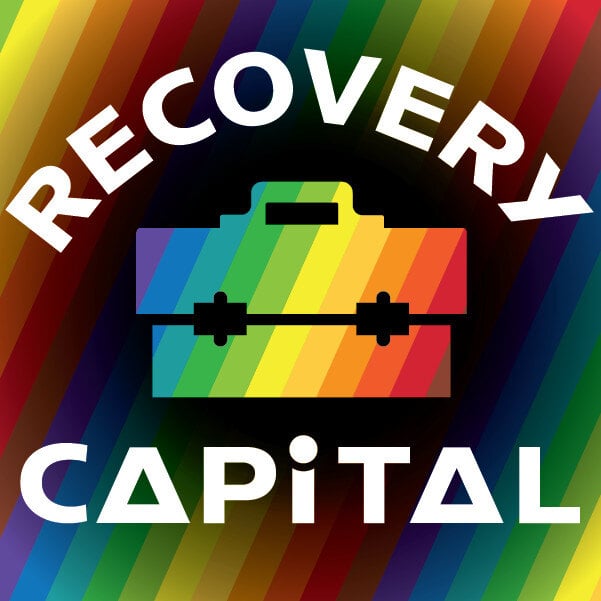Measuring Recovery and Resilience Capital
Understanding Recovery and Resilience Capital is important for developing a sustainable recovery journey. Knowing how to measure these assets is just as important. By assessing an individual's strengths, gaps, and growth areas, we can develop targeted strategies to enhance well-being and long-term success in recovery.
This post explores why measuring Recovery and Resilience Capital matters, introduces key assessment tools, and explains how individuals, organizations, and communities can use these insights effectively.
Why Measurement Matters
Assessing Recovery and Resilience Capital provides useful insights into a person's recovery journey. It helps individuals understand where they are thriving and where they need additional support. For organizations and policymakers, measurement enables data-driven decision-making, improved program development, and better resource allocation to improve recovery outcomes.
Key benefits of measuring Recovery and Resilience Capital include:
- Personalized Recovery Plans – Identifying strengths and weaknesses allows for tailored recovery strategies.
- Program Effectiveness – Organizations can assess whether their services are meeting the needs of individuals.
- Community Impact – Policymakers can use data to support funding and initiatives that strengthen recovery networks.
Key Tools for Measuring Recovery and Resilience Capital
There are several validated tools designed to measure Recovery and Resilience Capital. Below are two of the most widely used and effective assessment methods:
The Recovery Capital Index (RCI)
The Recovery Capital Index (RCI) is a comprehensive tool that evaluates an individual’s Recovery and Resilience Capital. It measures subjective well-being across multiple domains and generates a numerical score that reflects the overall strength of a person’s recovery foundation.
- Participants answer questions about Personal, Social, Cultural, and Emotional & Adaptive Capital.
- Scores provide insight into an individual’s current recovery strengths and challenges.
- Regular assessments help track progress and identify areas needing additional support.
Who Can Use It?
- Individuals looking to self-assess their recovery journey.
- Treatment providers aiming to develop data-driven recovery plans.
- Policymakers seeking insights for system-wide improvements.
The Assessment of Recovery Capital (ARC)
The Assessment of Recovery Capital (ARC) is another widely used tool that evaluates a person's strengths and resources contributing to sustained recovery.
- Self-reported responses assess the availability and accessibility of recovery-supportive resources.
- The results provide insights into where an individual is well-supported and where they may need additional assistance.
- Clinical and community settings often use it to guide personalized support services.
Who Can Use It?
- Treatment professionals working with individuals in recovery.
- Community organizations assessing resource needs.
- Researchers studying recovery success factors.
Applying Measurement Insights to Strengthen Recovery and Resilience Capital
Once recovery and resilience capital have been measured, the next step is to use that information effectively. Here are practical ways to apply these insights:
For Individuals:
- Use results to identify personal strengths and areas for growth.
- Set actionable goals based on the results, like strengthening social connections or improving financial stability.
- Track progress over time to celebrate achievements and adjust strategies as needed.
For Organizations and Service Providers:
- Use assessment data to tailor support services to meet individual and community needs.
- Integrate measurement tools into treatment planning and aftercare programs.
- Evaluate program effectiveness and adjust interventions based on results.
For Communities and Policymakers:
- Utilize data to advocate for policies that enhance recovery-friendly environments.
- Allocate resources strategically to address gaps in recovery support services.
- Deepen partnerships between government agencies, non-profits, and treatment centers to create recovery-oriented systems of care.
What’s Next?
Measuring Recovery and Resilience Capital is just the beginning. Once we understand where individuals and communities stand, we can take targeted action to strengthen recovery efforts.
In our next post, we’ll explore Practical Strategies to Strengthen Recovery and Resilience Capital—covering actionable steps that individuals, organizations, and policymakers can take to improve outcomes.
Stay tuned for more insights on building a thriving recovery ecosystem!
#RecoveryCapital #ResilienceCapital #DataDrivenRecovery #MeasuringSuccess #ThrivingNotJustSurviving

 By
By
